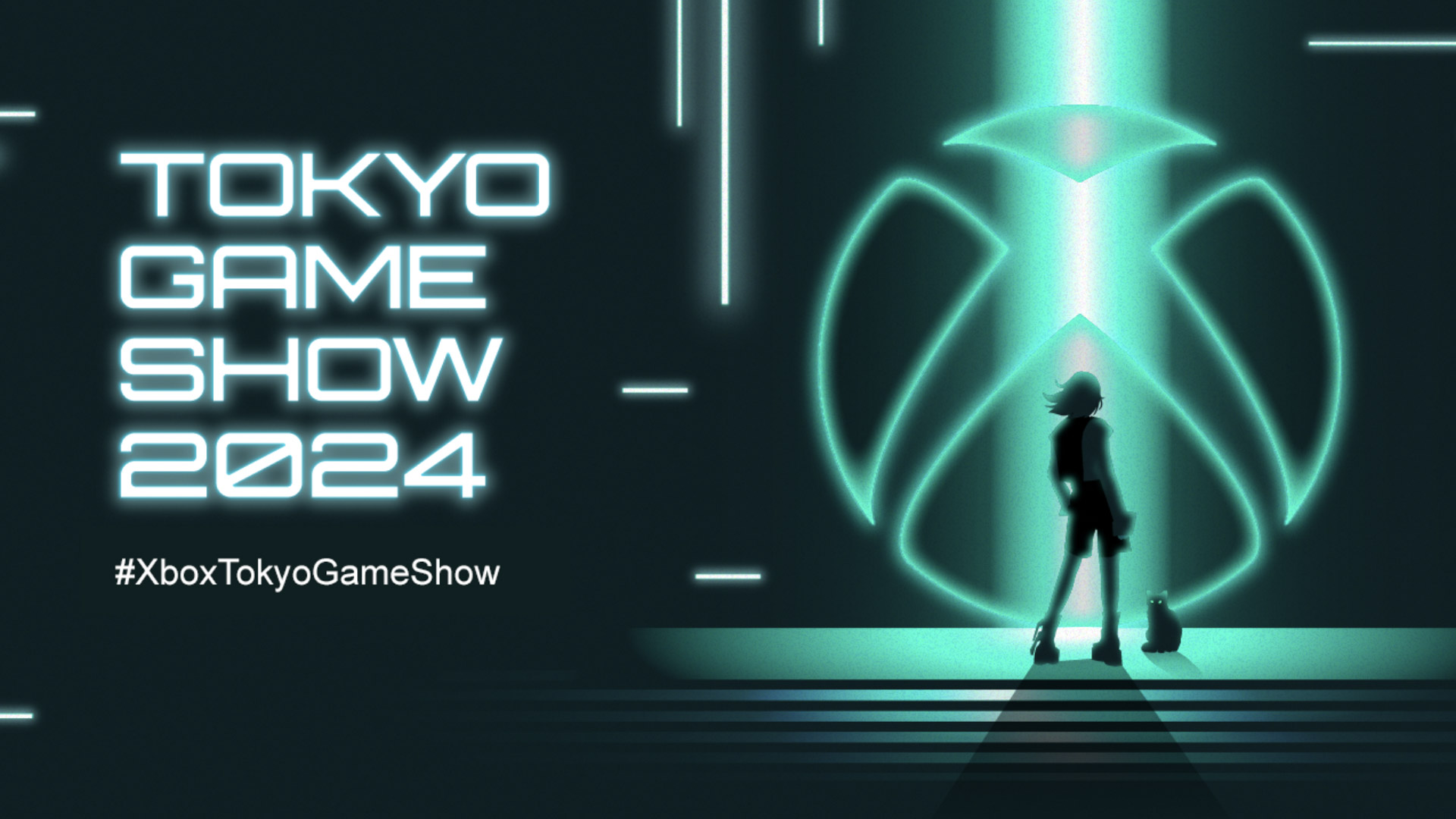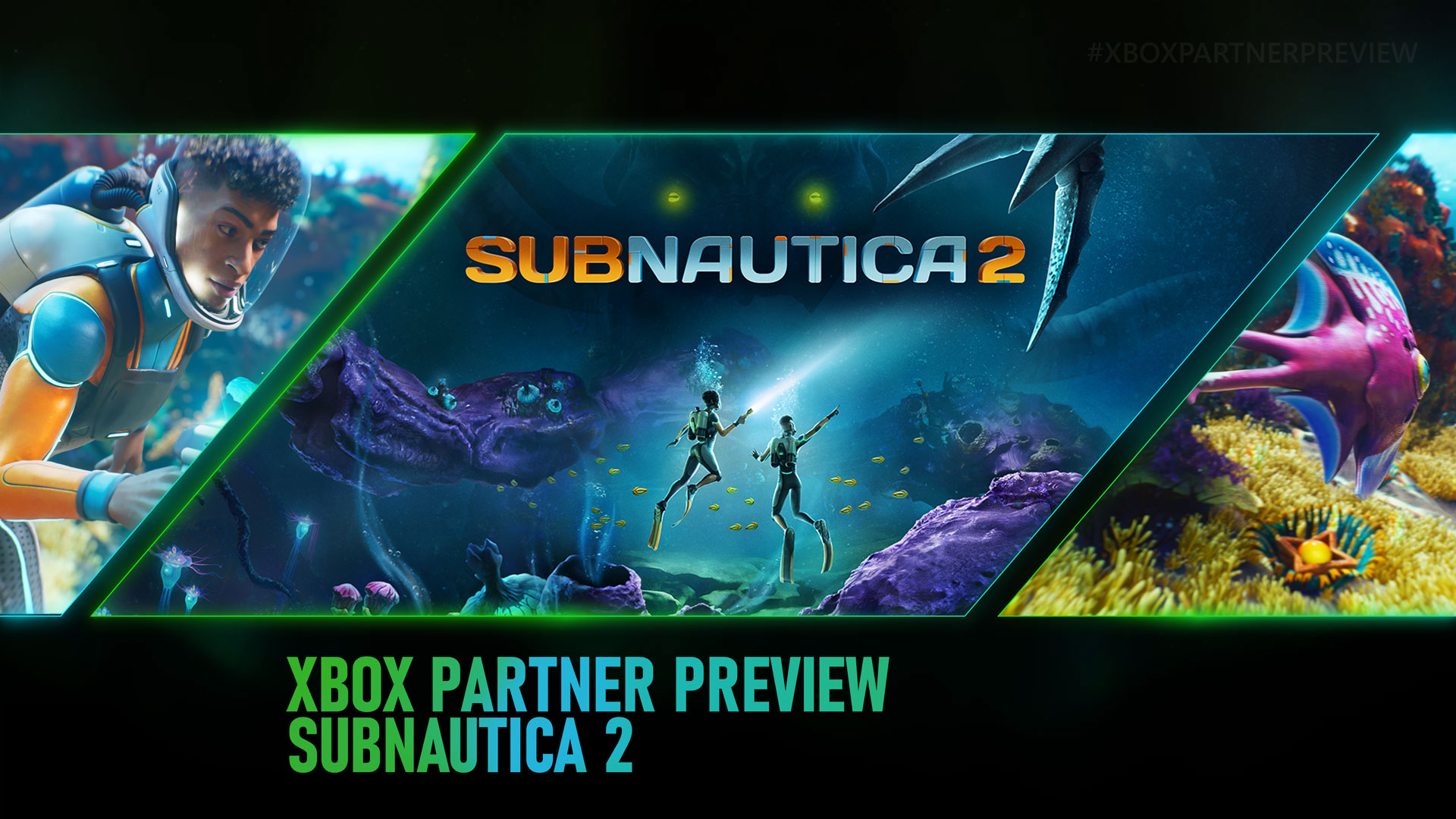Marvel Rivals Review
It may be familiar, but a generous roster and exciting modes make it undeniably fun.

I’m not new to the hero shooter genre, having pumped well over 1,000 hours into Overwatch since its 2016 release. And it's hard not to feel like 2016 is exactly when Marvel Rivals was meant to be a thing. I should've been eagerly awaiting its launch while mourning the loss of Harambe, witnessing a low point in English football at the hands of Iceland, and, crucially, riding the high of watching Captain America: Civil War. That said, what we're getting in 2024 is a very fun hero shooter that I've had a great time with thanks to a chunky roster of varied heroes, as well as some solid maps and modes. What remains to be seen, however, is whether Rivals will find a fervent fanbase like both Blizzard and Marvel did all those years ago – a task most hero shooters have struggled with recently. But with a high level of care in each of its comic book characters, exciting combat for all skill levels, and a relatively generous free-to-play model, Rivals is doing all it can to buck that trend.
Imitation is the most sincere form of flattery – just ask Taskmaster – and it’s not out of line to say the footprints of Overwatch really can be seen everywhere you step in Marvel Rivals. Its 6v6 ensembles of tank, damage, and support equivalent classes (here called Vanguard, Duelist, and Strategist, respectively) battle it out in the familiar escort and point capture modes that have become hero shooter staples. You’ll either be pushing Marvel-themed payloads through familiar locales like Wakanda, preventing them from reaching their destination, or battling for possession of a contested zone in the centre of the map. There’s no reinvention of the wheel going on here, but these are battle-tested tug-of-war modes that act as an effective vehicle for Rivals' superpowered action.
Look, I know I'm banging on a lot about Overwatch here in a Marvel Rivals review, but it doesn’t take more than a match to see why for yourself. Even its menus and UI bear a resemblance to Blizzard's hero shooter as uncanny as the X-Men. But while not being the most original, it's hard to bemoan some of the hero designs, seeing as many are simply following fun archetypes with roots stretching all the way back to Team Fortress 2. It’s also really nice to see superhero character designs that understand and embrace their comic book origins, rather than the Suicide Squad approach of handing everyone assault rifles.
And what seems like simple imitation at first can sometimes reveal itself to be more inspired beneath the surface. Psylocke’s mutated mixture of up-close and ranged damage options are flashy and fun, as is healer/DPS hybrid Cloak & Dagger’s shapeshifting suite of tricks, and Loki's complex decoy-centered systems are a challenge to manage on the battlefield. It's pretty impressive to launch with a roster as large as 33 and for very few, if any, to feel completely redundant, with a good mix of faces seen from match to match. Yes, some feel a little too powerful – Venom, Moon Knight, Scarlet Witch, here's looking at you, kids – but this is far from an unfixable situation and something I assume will become more balanced in time.
While none are completely redundant picks, melee fighters can get lost in the action a bit as it's sometimes hard to see where damage is coming from, especially if an unrelenting Iron Fist is battering you from all angles. This doesn’t make for the most tactical of battles as noise and colour flood the screen while in the thick of it. In fact, I’ve not enjoyed many of the tanky Vanguard heroes I’ve tried out yet as they largely rely on getting stuck in. They each play more like DPS heroes with bigger health bars, rather than valuable anchors that help the team secure a point. It’s early days, but so far there appears to be a lack of emphasis placed on positioning and map awareness in general, instead putting the focus on taking enemies head first. On the whole, that means Vanguards are a collection of painfully slow-moving targets that can deal damage, but act just as effectively as giant damage sponge distractions.
Thankfully, the majority of the roster plays much better. I’ve been having a great time with Punisher’s chattering turret that rips through enemies, Winter Soldier’s hard-hitting hand cannon and close-quarters cybernetic arm which prove a deadly duo, and Hawkeye’s signature bow and arrow toolkit, complete with a highly satisfying headshot pinging sound effect. I’ve also been enjoying dashing around as Star-Lord, who is essentially a fusion of Overwatch’s Tracer and Soldier 76. He’s an exciting glass cannon thanks to his stripped-down moveset of dual SMGs and a speed boost coupled with a small health bar.
Developer NetEase has a few other nifty tricks up its sleeve to make Rivals play just a little differently to hero shooters that have come before. Chief among those are team-up abilities. For example, when Star-Lord is paired with Adam Warlock, he’s granted a self-revive on a long cooldown. These passive and active combos are a clever twist, and so far feel nicely balanced between being momentum shifters when used correctly without becoming complete game-changers that make you feel like a slave to them when choosing heroes (or villains) at the start of a match. Other examples include picking Rocket Racoon when your team has a Groot, which allows for the mouthy rodent to (literally) add bark to his bite as he hops on his tree friend’s back and rains fire down from there, granting him incoming damage reduction. It encourages smart team construction without leaving characters behind or feeling guilt-tripped by others for not matching their incessant requests to team up.
Add these synergistic systems to the much-appreciated lack of stun lock abilities, and Marvel Rivals really sings when the wheels are in motion. This is a hero shooter that wants you to liberally use the powers it grants, with barriers (both in a literal and metaphorical sense) coming at a premium. I was skeptical of the third-person gunplay at first, as traditionally I much prefer to be firing from a first-person perspective, but Rivals does a good job of keeping each weapon feeling distinct from one another and satisfying to wield. It may appear approachable, but the skill ceiling definitely seems high here, with a surprisingly steep learning curve for newcomers as you pick between characters with over half a dozen abilities to juggle.
There’s no place to hide, or help the team in a less combative sense either, with one-on-one skirmishes taking precedence over actual team play right now. Rarely has a win felt like a team effort – instead, more frequently the results are decided purely by who deals the most damage. So far it seems like every character is expected to get stuck into the killing too, including “healers.” This means there’s never a dull moment, but also that Rivals leaves a little to be desired tactically at this stage. But as the community gets to grips with its maps and characters, hopefully some real tactics and character combos start to emerge. A lack of role queue clearly contributes to this, with teams often comprised of four to six Duelists. While that lack of restriction is freeing and allows for flexibility, the Wild West approach does mean you’re relying on teammates to be smart with their team composition, which can be asking a lot. Rarely are tense overtime battles between two balanced sides seen, with clear victories a likelier outcome.
Another step towards innovation can be seen in the destructible environments of the maps you’ll be battling on. Whether that’s the sci-fi walls of Tokyo 2099 caving in to unveil new sniping spots or the stone bridges of Yggsgard crumbling down to remove an enemy’s position of strength, it’s a smart approach to map design – one that allows for choke points to be circumnavigated in interesting ways, keeping each round feeling dynamic compared to the last. The destruction is really needed at times as well, because while I enjoy the initial pool of maps, I do wish they were a little more open in their layouts. Currently, some can feel a little claustrophobic due to an overabundance of interior corridors and choke points, especially in the payload variants.
With just eight maps at launch, the sense of dynamism level destruction adds is especially crucial to Rivals’ appeal at the moment. Further contributing to this are random map events. Examples include Wakandan Goddess Mujaji the Life Giver throwing walls of white mist up in certain lanes and doorways, in turn masking your vision and making you rethink your approach on the fly. This live augmentation of arenas is also a smart way to keep the limited pool of maps feeling fresh over extended play sessions. Each level is also visually distinct enough to deliver a genuine sense of variety, and it’s all unequivocally stylish to boot – comic book flourishes such as the frame burst animation of Star-Lords's blaster barrage ability or Banner's transformation into Hulk really stand out.
I also like the option to view each player's individual highlights after the match has ended. Although some of the glory of forcing the whole lobby to view your “Play of the Game” A Clockwork Orange-style is lost, it does make sure everyone gets a share of the limelight (even if I do not-so-secretly want all of it myself after getting a quadruple kill). The whole package is impressively constructed, looks glossy, and feels good to play. It’s confident in its own identity enough to be able to shake off the rip-off label, even if it also never displays the sort of ambition that something like Valve’s Deadlock is bringing to the hero shooter-come-MOBA party in 2024. It does, though, have the money-spinning Marvel license and free-to-play model behind it to hopefully avoid a Concord-like disaster.
That model is supported by microtransactions that are entirely optional to fully enjoy Rivals’ action. I’ve already seen many different custom looks being shown off in matches, with some desirable ones based on fan-favorite comic books and movies coming up with regularity. I'm not saying the developers deliberately made the base Wolverine skin look like a hairy block of cheese to make you want to pay to have him look like Hugh Jackman, but that option is there. Cosmetics currency can be earned through completing in-game challenges and in turn exchanging it for another currency on the battle pass, but at a snail’s pace, meaning if you really want to switch up your look, you’re realistically going to have to pay for it.
Considering the rest of Rivals is completely free to play, I'll hold off on the cynicism slightly when it comes to this. Sure, the skins are expensive – coming in at around $15/£15 a pop using a premium currency – but nothing out of the ordinary when compared to competitors like Overwatch and Call of Duty. And at least it's all cosmetics, with every hero unlocked right from the start. This is a huge plus and let's hope it stays that way as Rivals relies on the fun of its action to keep us interested on a seasonal basis.
What's Your Reaction?


































